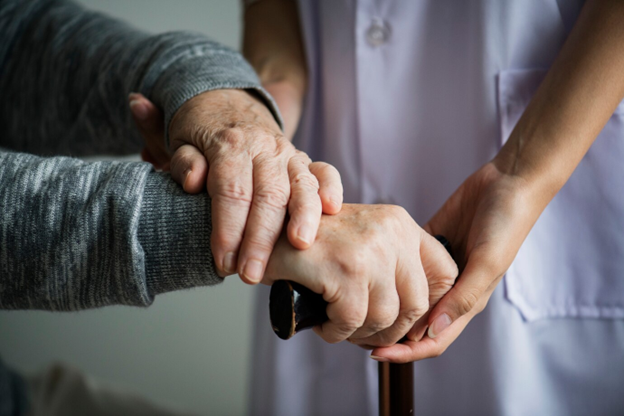Parkinson’s disease is a growing concern that affects many aspects of life. It doesn’t just stop with movement issues; it also impacts mental health. Knowing more about this disease is vital for patients and their families. Such understanding helps in facing the challenges and supporting those affected.
What is Parkinson’s Disease?
Parkinson’s disease is a progressive disorder that mainly affects movement. Imagine a disease that slowly changes how your muscles work and move. Nearly 10 million people worldwide have Parkinson’s. It often appears in people over 60, and men are more commonly affected than women. The disease doesn’t just slow you down physically; it changes how you do everyday activities over time. With progression, these simple tasks may require much more effort and help.
How Parkinson’s Disease Affects the Brain
The brain has a part called the substantia nigra. It plays a key role in making dopamine, a chemical that helps control movements. When the dopamine levels drop, it becomes tough to move smoothly or think clearly. This is where the trouble starts. Parkinson’s disease symptoms appear because of this dopamine loss. Lewy bodies are unusual clumps of protein building up in the brain, making symptoms worse.
Causes and Risk Factors
Parkinson’s disease causes are not well-known. Scientists continue to explore the reasons why it happens. Some theories suggest a mix of genetics and surroundings. Having a relative with Parkinson’s can increase your chances. Environmental triggers, like certain chemicals or pesticides, might also play a role. Risk factors are clear: as people age, the likelihood increases. It affects more men than women, marking gender as a risk factor too. In some families, the disease runs widespread, indicating a potential genetic link. These factors tell us it’s more than just one thing leading to the disease.
Early Signs and Common Symptoms of Parkinson’s Disease
There are motor and non-motor symptoms when talking about Parkinson’s disease symptoms. – Motor Symptoms – Tremors: Shaky hands or legs – Muscle rigidity: Stiff muscles – Bradykinesia: Slower movements – Non-Motor Symptoms – Changes in mental health: Depression or anxiety – Autonomic dysfunction: Issues like constipation or sweating changes
At first, signs might be subtle, like minor hand tremors. Over time, these signs become more pronounced and noticeable.
Diagnosing Parkinson’s Disease
Diagnosing Parkinson’s disease doesn’t involve a single test. Doctors rely on clinical evaluation and neurological exams. They may spend time going over the patient’s medical history carefully. Because there isn’t a definitive test, getting checked early by a professional helps. Spotting it early can make handling the symptoms much easier.
Exploring Treatment Options for Parkinson’s Disease
Treatments help manage symptoms and improve life. Some medicines, like Levodopa, provide relief. This medication boosts dopamine levels, helping with movements. Yet medicines aren’t the only route. Non-drug therapies play a big part too. Physical therapy and occupational therapy help improve daily endeavors. They keep the muscles moving and aid in daily routines. There’s also the surgical route, helping in specific cases. Lifestyle changes, like diet and exercise, aid tremendously. A healthy routine supports overall well-being. Combining various treatments forms a holistic approach to manage Parkinson’s disease. Finding the right mix can help patients lead a more fulfilling life.
Living with Parkinson’s Disease: Embracing Life Beyond Treatment
Facing daily tasks might be daunting. Yet, coping strategies assist greatly. Engaging in hobbies or gentle exercises boosts morale and health. Support networks like family or local groups offer emotional backing. There’s also great value in regular medical consultations. They’ll help track changes and adapt treatment plans.
Research, Hope, and the Future of Parkinson’s Disease Treatments
Research and hope go hand-in-hand here. Scientists are seeking new knowledge about Parkinson’s disease causes and searching for a potential cure. They’re exploring better detection methods. New strategies for protecting the brain are ever important. Advancements promise a brighter future. This aims to enhance how people live with Parkinson’s disease, giving hope for tomorrow.
Conclusion
Understanding Parkinson’s disease is crucial. We’ve talked about its causes, signs, and treatments. Knowing what happens helps everyone stay aware and prepared. Early detection is key – see a doctor if symptoms arise. Awareness fosters community support and encourages ongoing research. By standing together, we push the boundaries of hope and compassion. Together, we make living with this disease a bit easier and much more informed.
For expert care and support, consult with Pravallika Dutta. Take control of your health—book your appointment today and start your journey towards better management of Parkinson’s disease.

